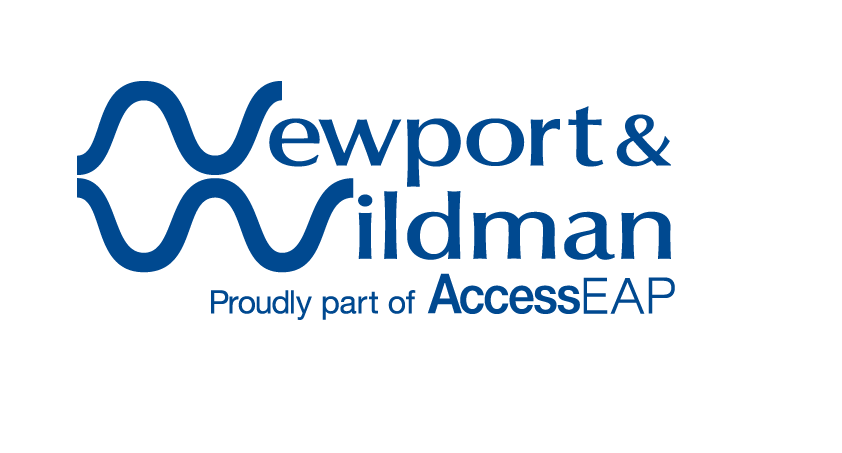Loneliness is a growing problem in our modern world, despite the prevalence of digital technologies that allow us to stay in regular contact. Regardless of how many people we come into contact with everyday, whether physically or via social media, email and other technology platforms, we still feel alone. Rather than the amount of contact we have with others, it’s our sense of belonging, feeling connected to and valued by, others that instead seems to keep loneliness at bay.
This issue seems especially relevant now as more people work remotely from home, commute longer distances for work and live alone. Being more separated from colleagues, family, friends and community can negatively impact our mental wellbeing, often involving feelings of social anxiety, low self-esteem, lack of confidence, and depression.
A recent Australian survey found that 60 per cent of us often feel lonely and more than 80 per cent believe that the feeling of loneliness is on the increase in our society.
Here are some useful tips to help employers and managers combat workplace loneliness;
- Provide platforms for employees to develop inter-organisational networks, e.g. peer supervision, team meetings, toolbox talks, team projects, or working groups.
- Encourage colleagues to consult with each other, and acknowledge collaborative efforts and achievements.
- Acknowledge individual efforts publicly so that people feel seen, visible and like they belong within the organisation.
- Put practices in place that will ensure employees are supported and heard if they are struggling or need assistance.
- Promote opportunities for inclusiveness, e.g. whole team lunches so people who cannot stay back for drinks after work can still mingle with colleagues, or ensure that people working remotely are kept in the loop with regards to important communications.
- Ensure managers are regularly checking in with their teams, and that they know their staff well enough to see or hear if someone is not okay.
- Use technology to your advantage and make the most of facilities like video chat and teleconferencing with colleagues working remotely. It is difficult to build meaningful connections using only email and instant messaging.
- Have anti-bullying protections in place to prevent technology being used to intentionally isolate people in the workplace, e.g. by excluding people from communications, or using email to publicly criticise or ostracise someone.
- Create a work environment where employees feel able to ask for help if they are experiencing feelings of loneliness.


